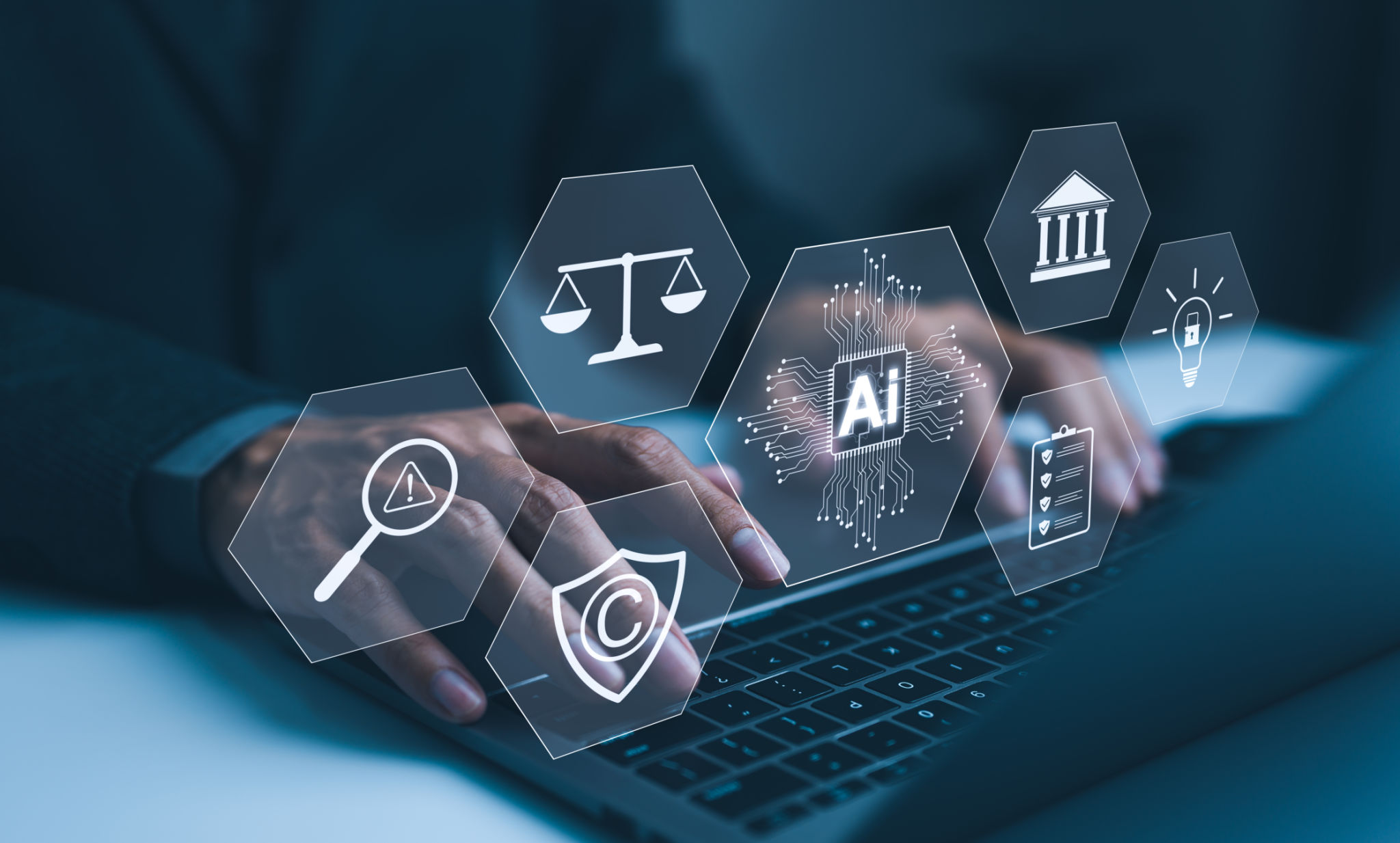Addressing Common Misconceptions About AI in Education
Understanding AI in Education
As technology continues to advance, artificial intelligence (AI) has found its way into various sectors, including education. While many educators and students have embraced the integration of AI tools, there are still numerous misconceptions surrounding its application and impact. It's crucial to address these misunderstandings to fully leverage AI's capabilities in enhancing the educational experience.

Misconception 1: AI Will Replace Teachers
One of the most common fears is that AI will replace human teachers. This concern arises from the belief that machines could handle teaching tasks more efficiently. However, AI is designed to complement and enhance the teaching process rather than replace educators. Teachers play a vital role in providing emotional support, critical thinking guidance, and personalized feedback that AI cannot replicate.
AI can automate administrative tasks, such as grading or scheduling, allowing teachers to focus more on student interaction and curriculum development. By handling these time-consuming tasks, AI empowers educators to create a more engaging and personalized learning environment for their students.
Misconception 2: AI Is Only for Tech-Savvy Students
Another misconception is that AI in education is only beneficial for students who are already tech-savvy. In reality, AI can be adapted to suit various learning styles and paces, making it accessible to all students. AI-powered tools can offer personalized learning experiences by identifying students' strengths and weaknesses and providing tailored resources to address their specific needs.

AI can also facilitate language translation for non-native speakers or provide support for students with learning disabilities, making education more inclusive. Its adaptability ensures that every student can benefit from AI-enhanced learning, regardless of their initial familiarity with technology.
Misconception 3: AI Lacks Ethical Considerations
There is a widespread belief that AI operates without ethical considerations, leading to potential biases in decision-making processes. While it is true that AI systems can inadvertently mirror the biases present in their training data, ongoing research and development are focused on making AI more fair and transparent.
Educational institutions and tech developers are collaborating to implement guidelines and ethical standards when integrating AI into education. By prioritizing transparency and accountability, they aim to minimize biases and ensure that AI serves as a tool for equitable learning opportunities.

Misconception 4: AI Is Too Expensive for Schools
Many educators worry that integrating AI into education requires significant financial investment, making it inaccessible for schools with limited budgets. While it is true that some advanced AI technologies can be costly, there are numerous affordable or even free AI tools available that can significantly enhance the educational experience.
Open-source AI platforms and government initiatives are helping schools adopt these technologies without incurring prohibitive costs. As more educational institutions embrace AI, economies of scale are likely to reduce expenses further, making AI integration more feasible for schools worldwide.
The Future of AI in Education
As we move forward, it's essential to dispel these common misconceptions about AI in education. By understanding the true potential of AI, educators and students can harness its power to create more effective, inclusive, and personalized learning environments.
AI is not just a technological advancement but a revolutionary tool that, when used correctly, can enhance the educational landscape. Embracing AI with a clear understanding of its benefits and limitations will prepare us for a future where technology and education work hand in hand.
